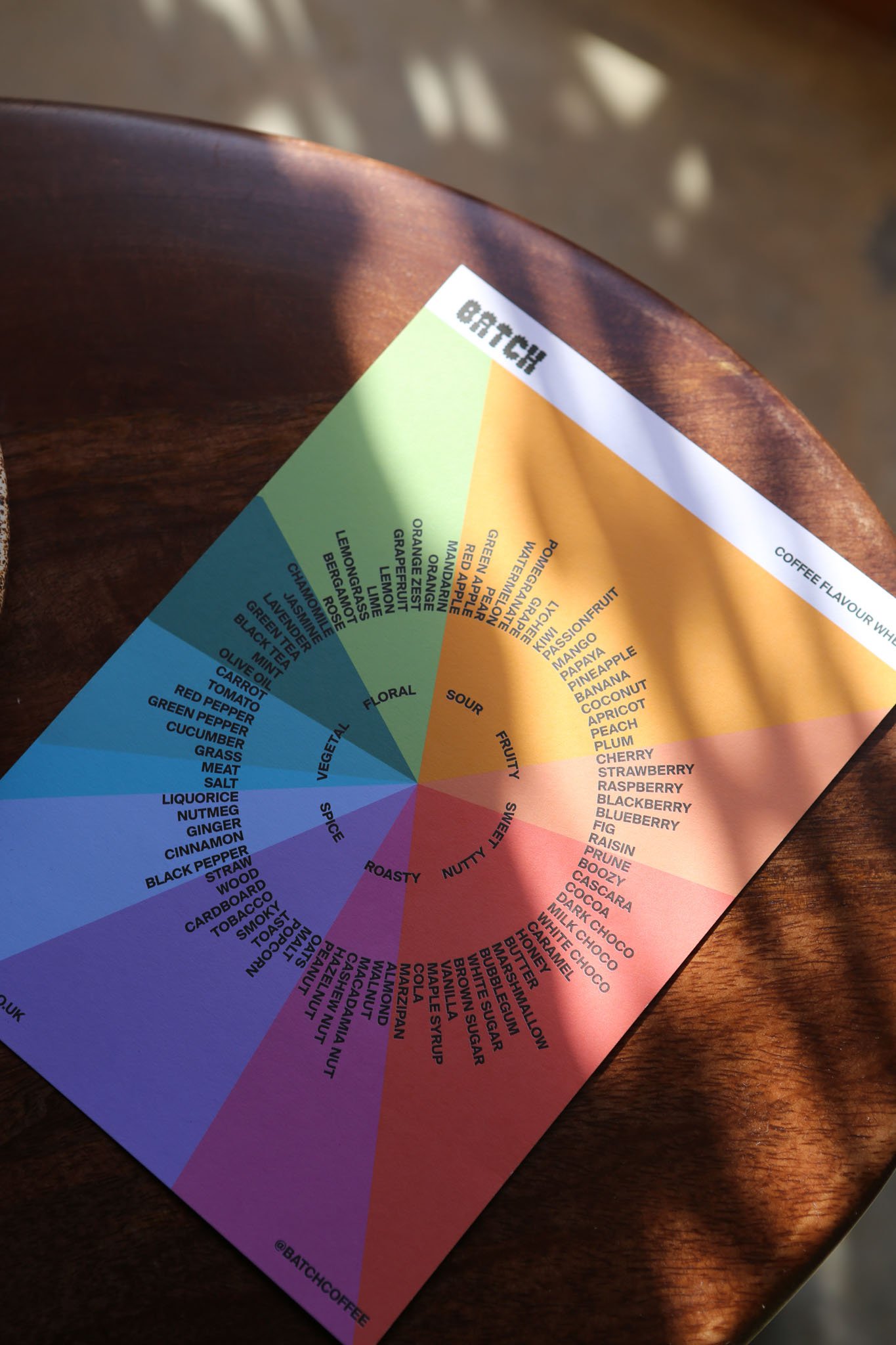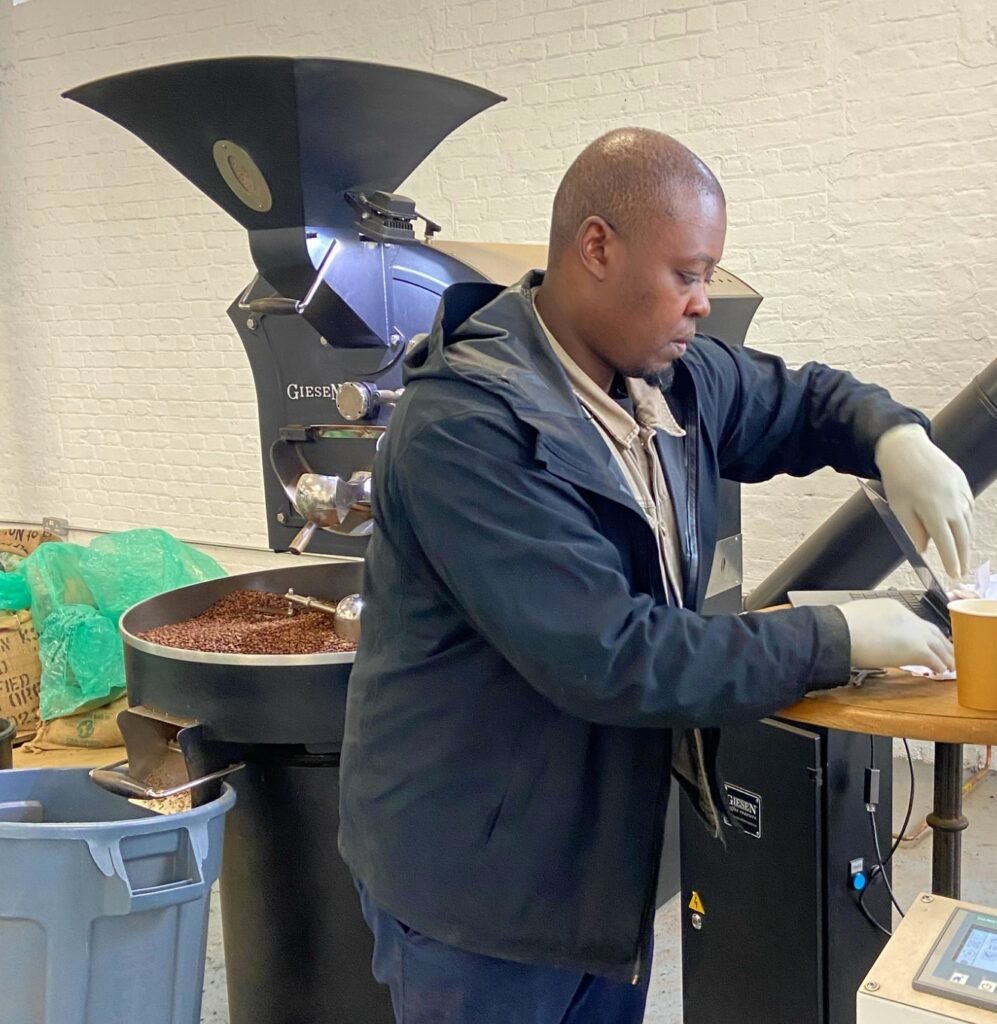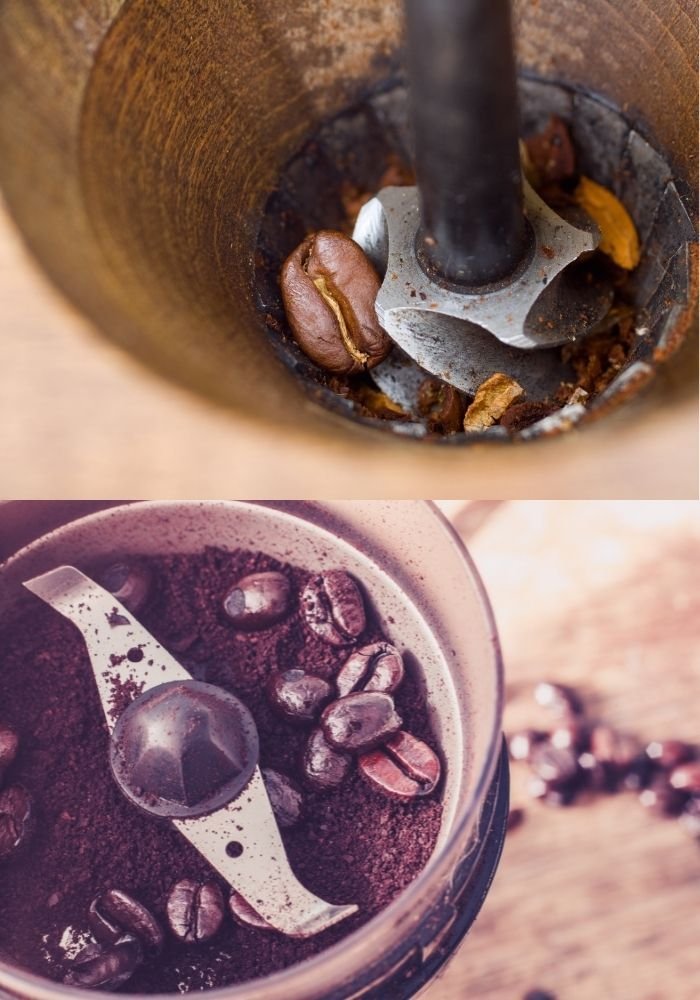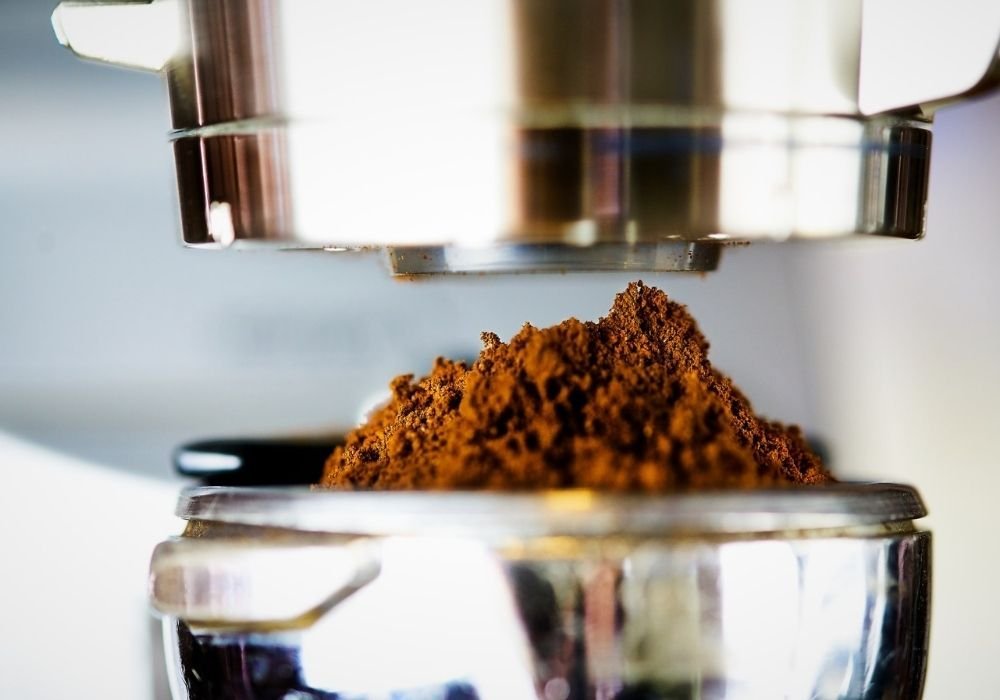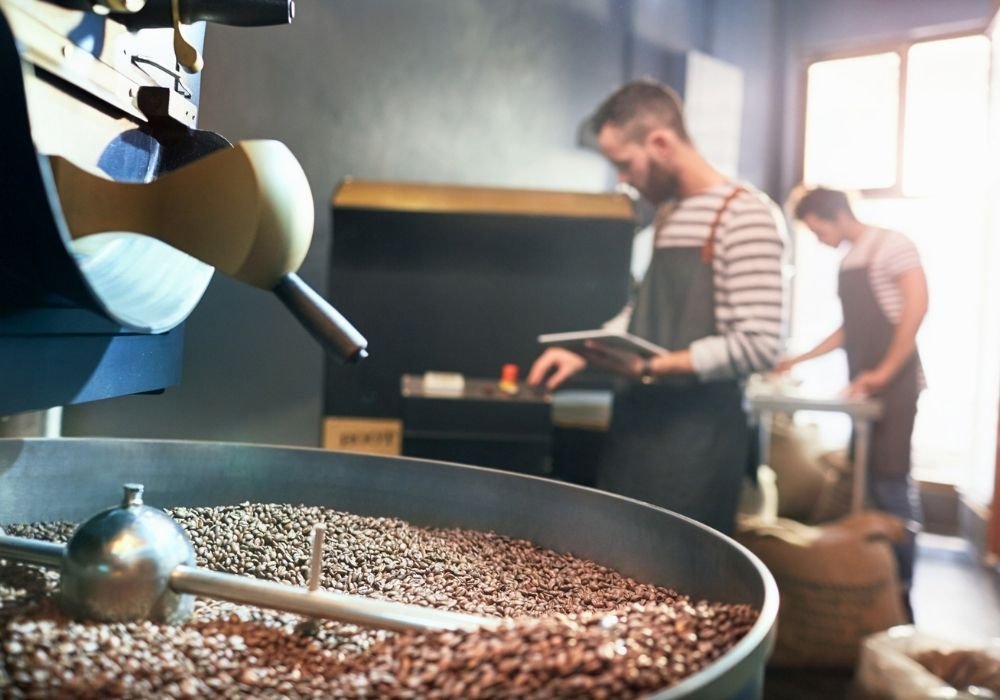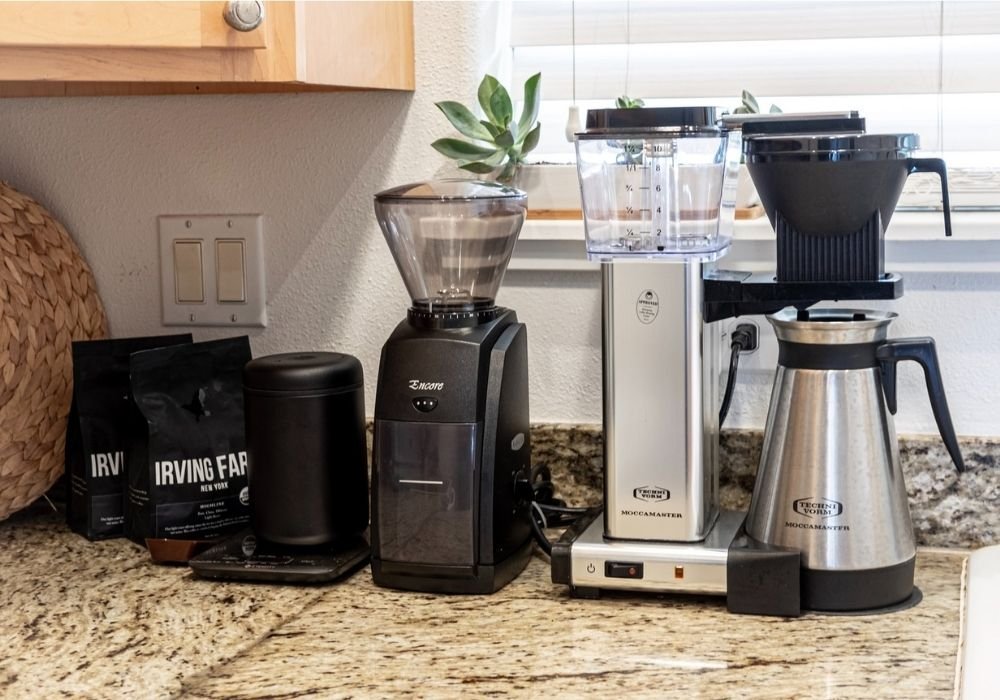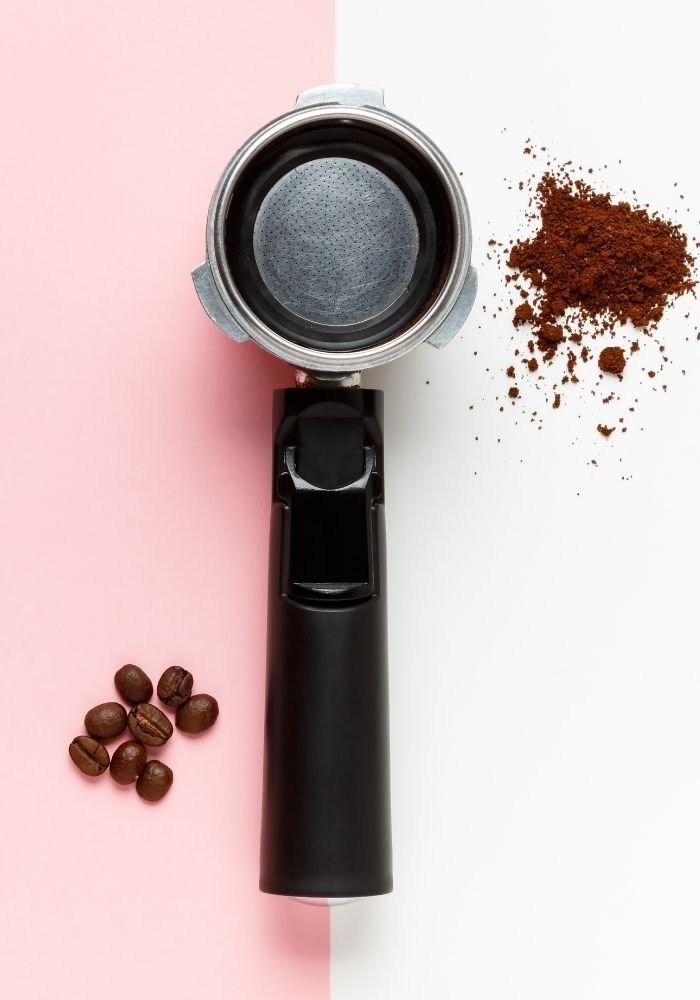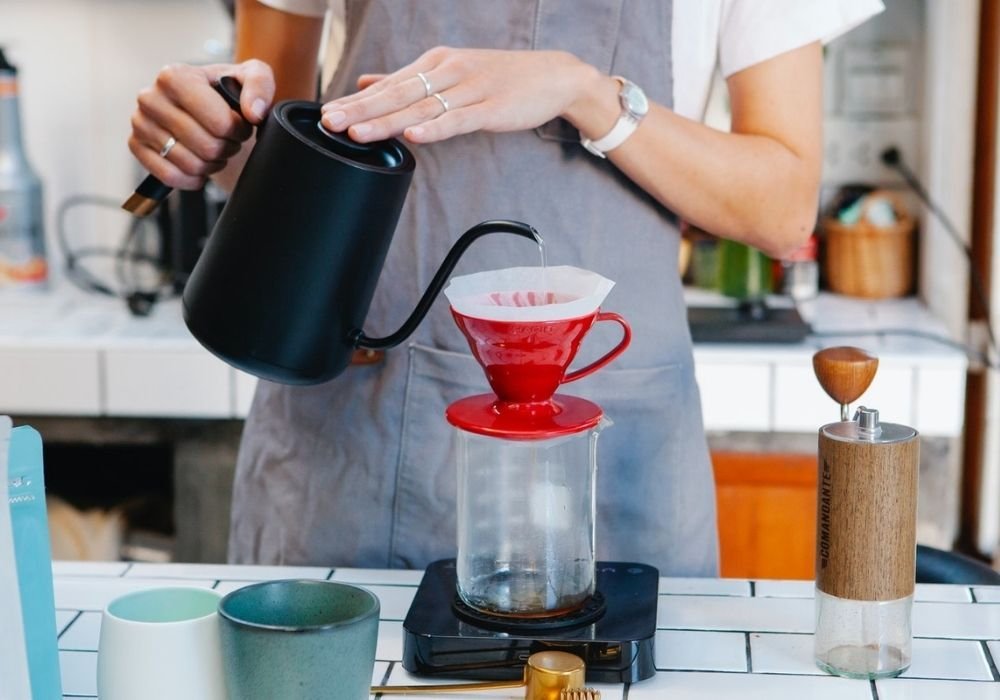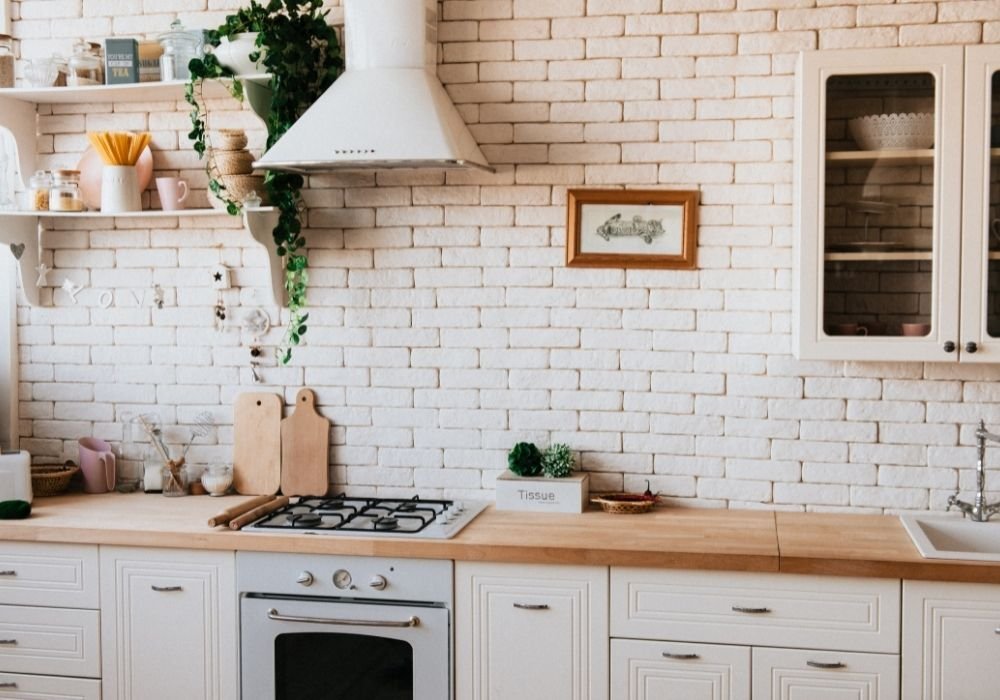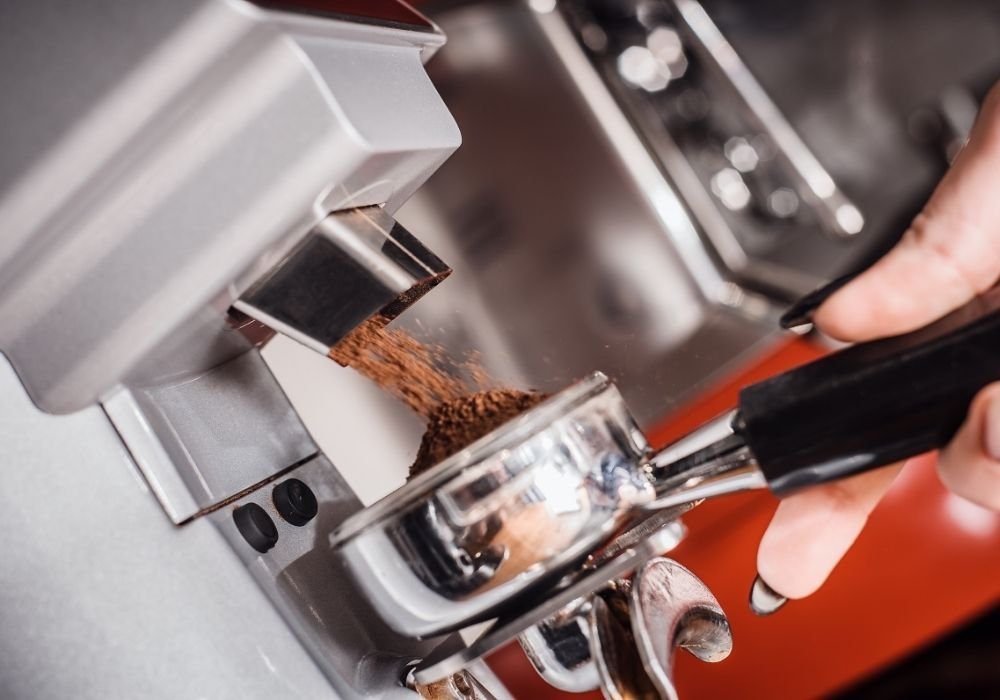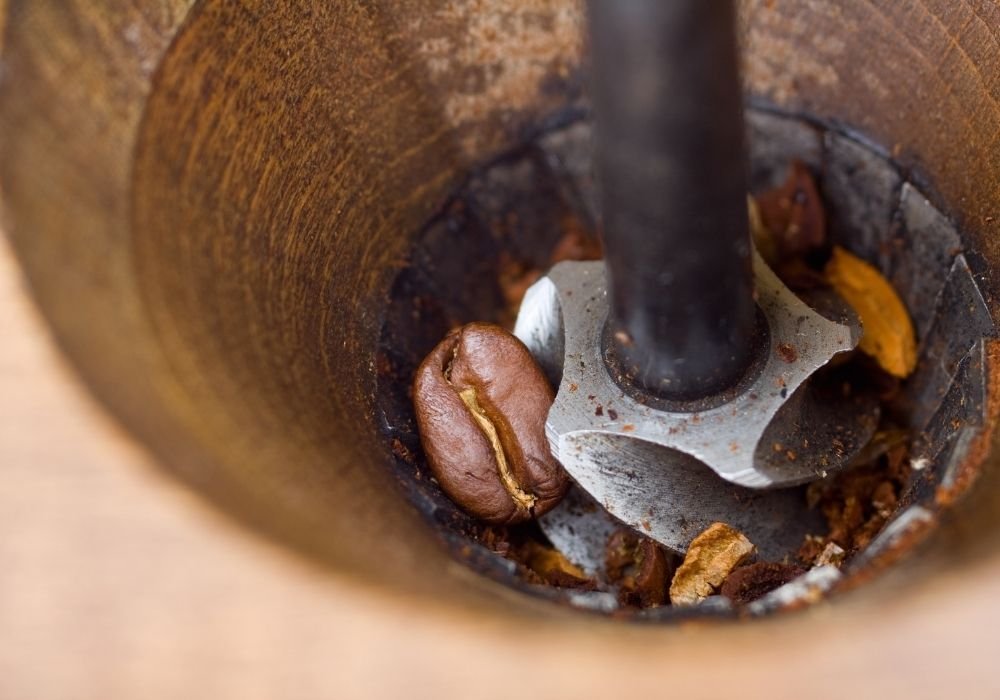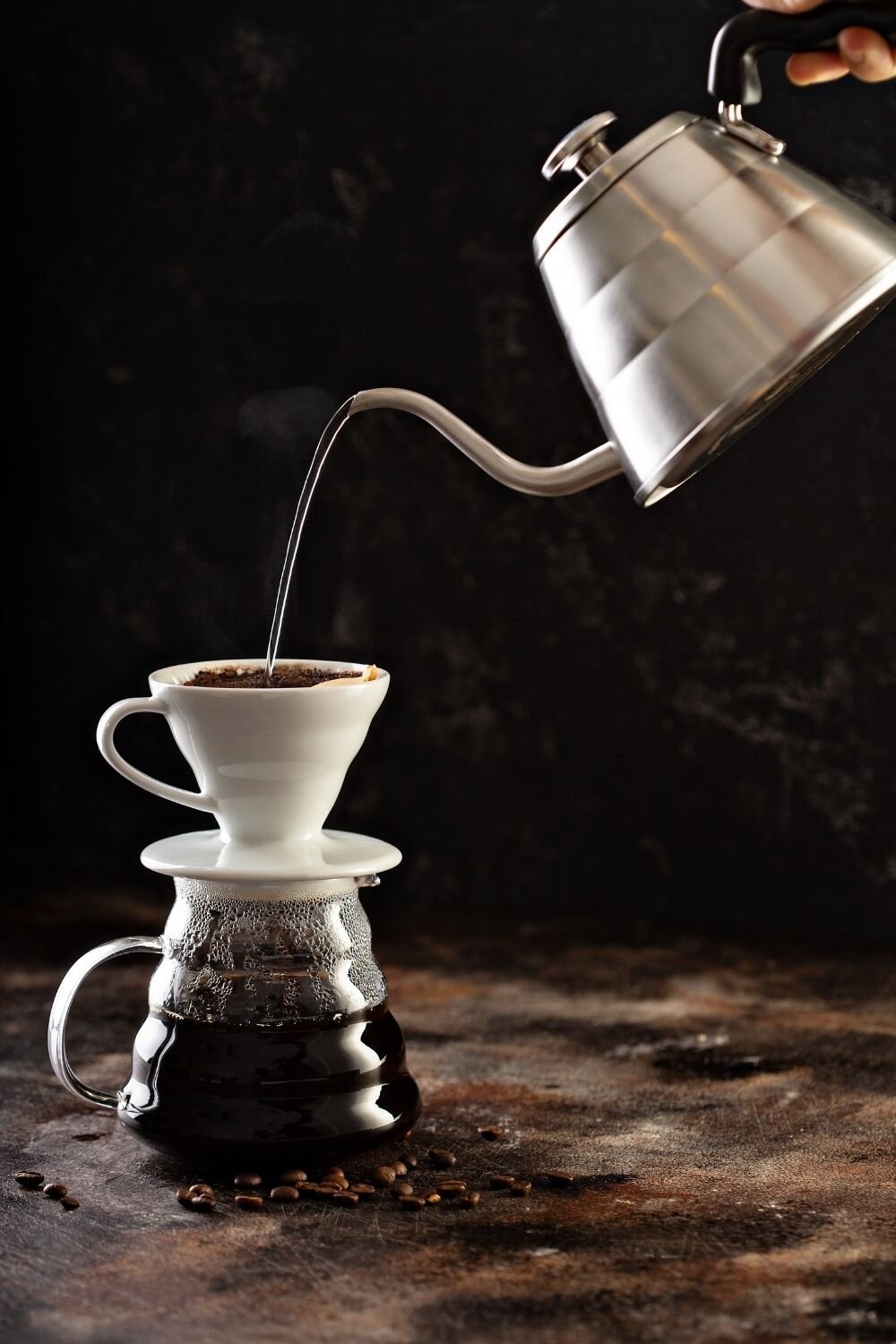If that sounds too steep, other excellent (and more affordable) options include the OXO Brew Conical Burr Grinder and the Capresso Infinity Plus.
Which Preparation Methods Do I Use at Home?
A lot of people will tell you that a coffee grinder is more important than a coffee maker when it comes to getting good results.
Whether or not that’s true, what’s really important is being able to get the correct grind size for whichever brewing method you’re using.
The key here is consistency: in order to achieve an even extraction, you want all the particles to be as close to the same size as possible.
Some electric grinders produce more consistent results in the medium grind size range, but struggle at the coarser end of the spectrum.
So, if you like to brew your morning coffee in a French press and your afternoon pick-me-up with a pour over dripper, you’re going to want a grinder that can handle a coarse grind and a medium grind with ease.
If you make espresso at home, you’ll need a grinder that allows you to make micro-adjustments.
Not only that, the grinder will need to be able to produce consistent results at the finest settings without clogging up.
As I’m sure you’ve already guessed, this isn’t going to come cheap. You might be able to get away with using a £200 Breville Smart Grinder Pro, but if you’re serious about honing your home barista skills, something like the Baratza Sette Wi or Eureka Mignon Silenzio will be a crucial addition to your setup.
How Much Space Do I Have?
Considering how much space you have in your kitchen before buying a coffee grinder might seem like a no-brainer.
Still, it’s easy to get carried away while forgetting counter space is limited and there isn’t much room under your overhead cabinets.
Electric coffee makers come in a variety of shapes and sizes, so you should be able to find a compact model that won’t take up too much space.
Best Filter Coffee Machines
Just remember that you’ll need to have easy access to the bean hopper, which always sits on top of the grinder.
Of course, if money’s no object and you live in a palace, then run right out and buy a Baratza Sette!
How Much Noise Can I Make?
I can’t imagine that anyone ever went shopping for an electric coffee grinder expecting to come home with a whisper-quiet machine.
Then again, plenty of folks have pretty unrealistic expectations about a lot of things! That said, manufacturers of high-end espresso grinders have spent a lot of time reducing noise, and the results can be quite impressive.
More affordable burr grinders for home use can vary greatly in terms of noise, and how much you’re willing to put up with really depends on your living situation.
For example, you’ll need to choose carefully if you’re an early riser living with a light sleeper. Plus, your neighbors will quickly turn against you if you’re using a noisy grinder at 5am every day.
If noise is an issue, make sure to read reviews and compare grinders – you can’t always trust the information provided by a manufacturer!
Do I Want Flat or Conical Burrs?
If you put a group of baristas in a room and ask them to debate the flat vs conical burr question, the atmosphere will heat up fast.
Every coffee professional seems to have a strong opinion about which type of burr is better, but in my opinion there are benefits to both.
In a flat burr grinder, two rings lie on top of each other horizontally. The burrs have angled teeth and the size of the grind depends on how far apart they are.
Conical burr grinding happens vertically. There’s a hollow outer with teeth, and an inner burr that sits inside.
Flat burrs are known to produce a more consistent grind, which is a big reason for choosing them. However, you might also experience more ground coffee retention when using flat burrs and they tend to heat up quite quickly.
Conical burrs are way quieter, thanks to the fact that the grinder motor runs at lower speeds.
The fact remains that both types of burrs work really well. However, you get what you pay for, and a cheap grinder will always struggle to achieve good results.
Is it better to have a separate coffee grinder?
Having a separate coffee grinder can provide several benefits.
It allows for more control over the grind size and consistency, which can affect the flavour and strength of the coffee. It also allows for the use of freshly ground beans, which can result in a fresher and more flavourful cup of coffee.
Additionally, a separate grinder can be used to grind beans for different brewing methods, such as drip, French press, or espresso.
However, it also depends on personal preference, if you don’t mind the added expense and extra step in the morning and you are happy with the built-in grinder in your coffee maker, that could work fine as well.
Do you need to clean your coffee grinder every time?
It is recommended to clean a coffee grinder regularly, but not every time it is used. The frequency of cleaning will depend on the amount of use and the type of beans that are being ground.
If you grind a variety of beans, it is important to clean the grinder between different types of beans to prevent flavor contamination.
If you use the grinder frequently, it is a good idea to clean it every few weeks to remove any built-up coffee oils and debris.
If the grinder is used infrequently, it may be sufficient to clean it once a month or as needed. It’s always a good idea to refer to the manufacturer’s instructions for specific cleaning guidelines and recommendations.

